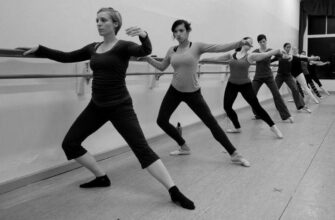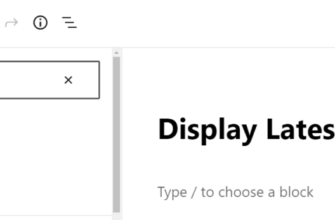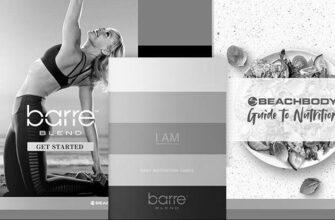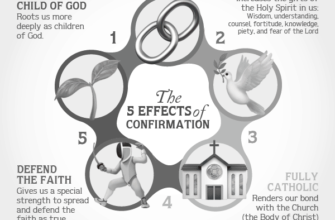Are you receiving the common ballet corrections in your class? What should you do if you want to avoid them? You may feel frustrated and embarrassed by the comments, but don’t despair! There are solutions. Here are some tips to avoid being corrected. First, separate the implicit remarks about your body from the dancer’s actual faults. If you find that the corrections are frequently given, it’s time to find a new dance teacher.
Technique
While performing ballet correctly can be beautiful and challenging, you may be having trouble with the technique. Don’t worry; you’re not alone. Use this list of common ballet corrections to find out where you’re lacking. It will help you develop better dancers! And remember: there’s no such thing as an easy correction. If you’re unsure how to apply a penalty, get a second opinion!
When learning a new technique, it’s best to listen to general corrections from a teacher and others. Don’t be afraid to try something new; you’ll be pleasantly surprised by the results! And don’t forget that your education is never done. Whether you’re a beginner or a seasoned professional, you consistently work to improve! And your teacher’s corrections are invaluable, so listen to them!
As you progress, your student can manage multiple corrections at once. For example, she may focus on one part of her body or one quality of movement for a few weeks. By the time she’s ready to move on to another step, she may only need a few words to determine the adjustment to make. Clearly, this shows that the brain is working on this correction. But it would help if you continued reinforcing the modifications to ensure that it becomes solidly learned.

Logic
There are two primary ways in which corrections are processed in dance. One is through sight; other forms of processing can involve hearing or touch. Visual corrections, for example, show two versions of the arm position in the second position. The student chooses the “right” version. Touch-based corrections are also a viable method for understanding the correct version of the arm position. The key to understanding these corrections is to think about how they will be applied.
Feelings
Think again if you’re wondering if your teacher is being too harsh with your dancing. These unhelpful corrections are often the result of implicit commentary about your body and technique. Communicating your concerns to your teacher is the best way to combat these. If you’ve received these corrections frequently, it’s probably time to find a new teacher. Here are some tips for dealing with unhelpful ballet corrections.
While most dancers are taught to pay attention to all of the corrections made during class, if they take it literally, it can backfire and set you back. Instead, Alway suggests using these corrections to fuel motivation and accelerate your progress. A dancer who interprets corrections too literally will find it challenging to make progress, but using them as fuel for growth will increase enjoyment. It will also make your dancer’s periods of growth more pleasant and productive.
Persistence of corrections
Dancers may feel overwhelmed by the number of ballet corrections they receive, but the key to understanding these corrections is listening to them and applying them to your own body. Some modifications are more effective than others. This article will explain the differences between common ballet corrections and some examples of good dancers’ responses to them. In addition, it will explain why specific modifications are misinterpreted. You will learn to avoid these common mistakes and find a good ballet teacher.
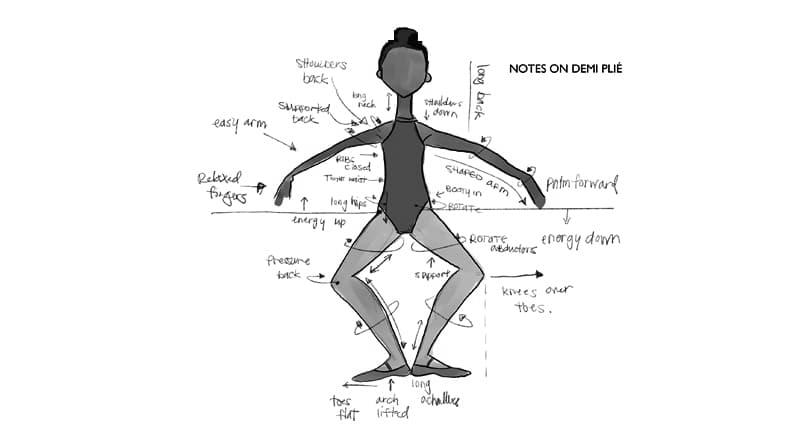
The goal of a dance correction is to help students reach the next level of performance. Using corrections as a springboard for further growth is the best way to motivate your dancer. Negative thinking only sets you back. Corrections to fuel your motivation will speed up your development and make these periods of growth more enjoyable. Here are some tips on how to apply corrections properly:
Symptoms of incorrect technique
Incorrect ballet techniques can cause the most devastating results, so learning how to spot them early is essential. Unfortunately, many dancers make the same common mistakes, with disastrous results. In this article, eight teachers discuss students’ most common mistakes and share ways to fix them. Read on to discover the symptoms and what you can do to avoid them! And don’t worry: you’re not alone! Below are some of the dancers’ worst mistakes and how to avoid them.
Incorrect ballet technique can also lead to several overuse injuries. We’ll discuss how the wrong approach can lead to ankle, foot, and knee injuries, including how to treat them and prevent them from happening in the first place. We’ll also cover the skin lesions ballet dancers commonly experience when wearing pointe shoes. This article is not meant to be exhaustive but rather to give you a good starting point.
Ways to deal with incorrect technique
Incorrect techniques in ballet can be a frustrating and real pain. While ballet is not as intense as sports, students have a similar biological safety response. Ballet students lift their shoulders and core, hinge their hips, and extend their legs from the quads. By paying attention to the rhythm and correcting your technique, you can move on to the next step without fear of hurting yourself. The following are some ways to deal with incorrect techniques in ballet.



